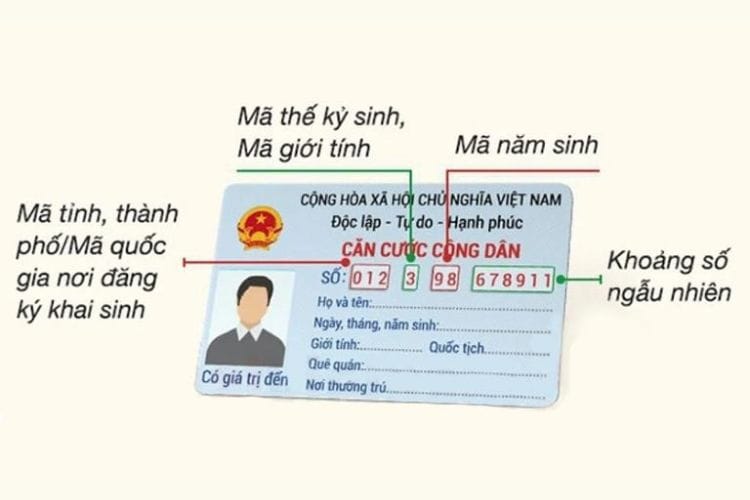Each individual is born with characteristics that distinguish them in terms of appearance and personality. To ensure unified state management, databases are comprehensive and interconnected between the national database and databases of different agencies. Therefore, each individual is assigned a unique personal identification number.
1. What is a personal identification number?
According to Article 12, Clause 1 of the 2014 Law on Citizen Identification, a personal identification number contains complete personal information of a citizen, forming an interconnected data source used to connect, update, share, and utilize citizen information in the national population database and specialized databases.

2. Structure of a personal identification number
According to Article 13 of Decree 137/2015/ND-CP providing detailed regulations and measures for implementing the Law on Citizen Identification, “The identification number is a 12-digit natural number, structured with 6 digits representing the century of birth, gender code, year of birth, province or centrally governed city code where the citizen is registered at birth, and 6 randomly generated digits.”
Specifically:
– The first 3 digits represent the province or centrally governed city code where the citizen is registered at birth or the country code where the citizen is registered at birth.
– The next 3 digits represent the century of birth, gender code, and year of birth.
– The remaining 6 digits are randomly generated.
Therefore, each individual is assigned a unique and distinct personal identification number from birth. The identification number is associated with the individual until their passing and serves as the transaction code in everyday transactions.

